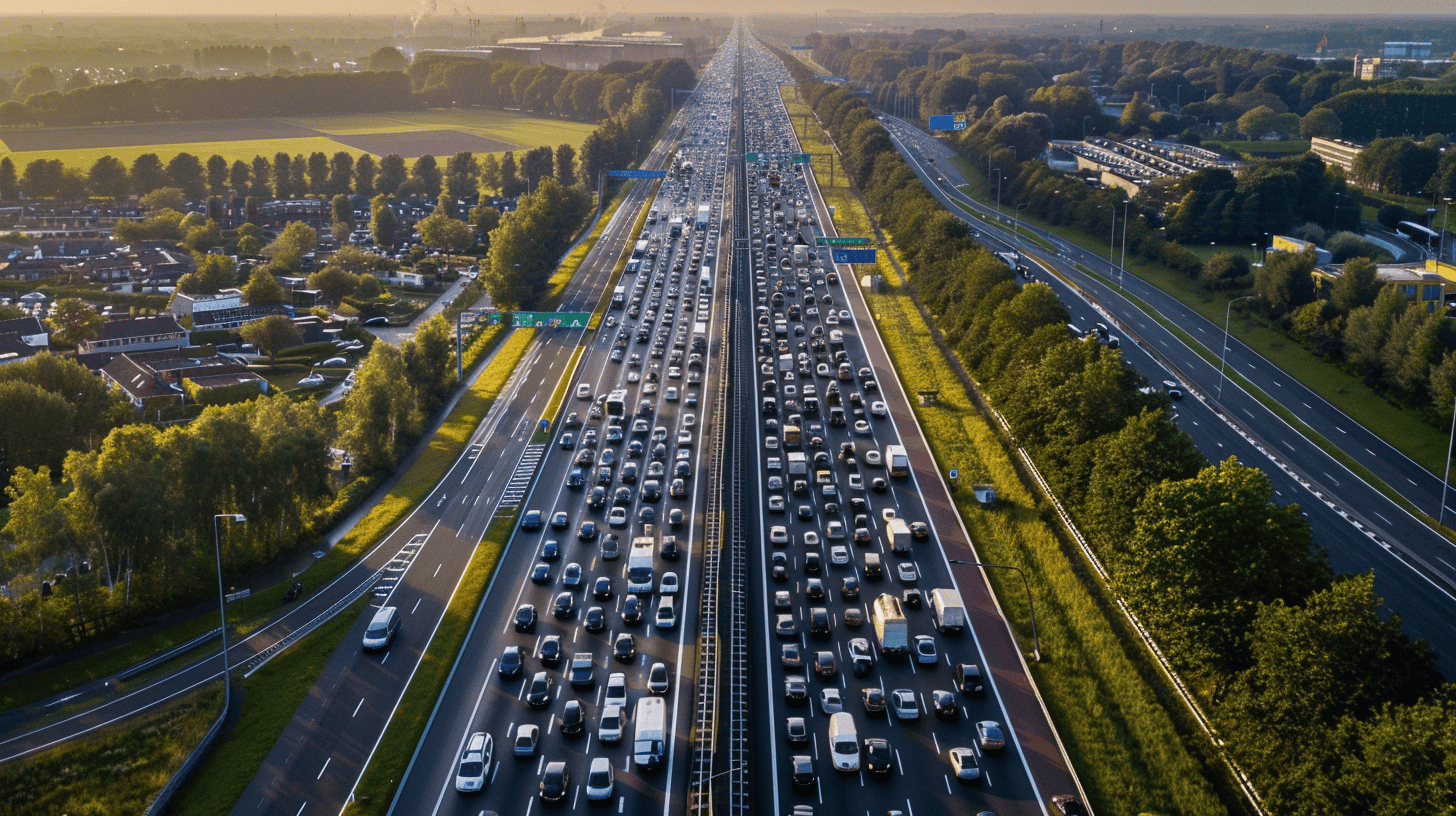
Researchers from the Finnish Center for Artificial Intelligence FCAI develop more sustainable intelligent traffic by bringing together simulators from different fields.
What if half of all the cars in a city were self-driving? Would traffic jams be avoided, would emissions go down? Or what if diesel cars were forbidden from specific blocks – what would happen to the noise level, what about the quality of living more generally?
Questions like this may soon get answers, thanks to an exceptional virtual laboratory that researchers from the Finnish Center for Artificial Intelligence FCAI are currently building. The virtual laboratory is a digital environment into which the researchers will bring simulators that address the environmental effects of city traffic in different ways, writes Aalto University in a press release. Particular focus is on the changes about to happen due to automatic vehicles.
“We are developing AI methods that predict how automatic cars interact with each other and how different traffic arrangements influence it. We also account for, among other things, effects on air quality, greenhouse gas emissions, and people’s social well-being”, says associate professor Laura Ruotsalainen from the University of Helsinki. She is responsible for advancing sustainability-related research at FCAI.
Since the traffic effects that the researchers want to account for are multifold, the virtual laboratory brings together research results from very different fields. This makes the project exceptional.
“To be able to assess, for instance, the climate effects of autonomous vehicles, we must build an environment in which we can combine information across models. So far, there aren’t many virtual laboratories that do this, explains associate professor Ville Kyrki from Aalto University.
“We are, then, also developing an understanding of how these kinds of environments can be built.”
AI solutions for a smooth traffic flow
The new virtual laboratory will, at least in the beginning, concentrate on passenger traffic. Although the main focus is on self-driving cars, also other kinds of AI applications can be simulated.
“For instance bus schedules could be optimized by making use of location data”, Kyrki contemplates.
The main goal is to develop as realistic and understanding as possible on how the methods that are developed would work in real life.
“We will delve into how the results of the simulation can be brought to use in the real world”, Ruotsalainen says.
Setting up the infrastructure
The researchers are currently building the laboratory’s digital infrastructure, that is, computer programs. Most of the models that will be included in the virtual laboratory already exist. Kyrki believes that choosing the right models and bringing them into the digital infrastructure will take a year, perhaps more.
Currently, the researchers call the laboratory Sustainable Mobility and Autonomous Systems. It combines know-how from FCAI’s Highlight Program F and the Research Program Autonomous AI. The former concentrates on advancing FCAI research that contributes to sustainability science, whereas the latter develops AI methods for autonomous machines and devices.
Ruotsalainen is assistant professor at the University of Helsinki and Helsus (Helsinki Institute of Sustainability Science). Her research focuses on how self-driving cars make observations and how traffic can be optimized from a sustainability perspective. Ville Kyrki is a professor in the field of intelligent machines at Aalto University. He has studied, among other things, the observing capabilities, decision-making and learning of autonomous machines.
Also interesting: Pumped up for the winter
Selected for you!
Innovation Origins is the European platform for innovation news. In addition to the many reports from our own editors in 15 European countries, we select the most important press releases from reliable sources. This way you can stay up to date on what is happening in the world of innovation. Are you or do you know an organization that should not be missing from our list of selected sources? Then report to our editorial team.







